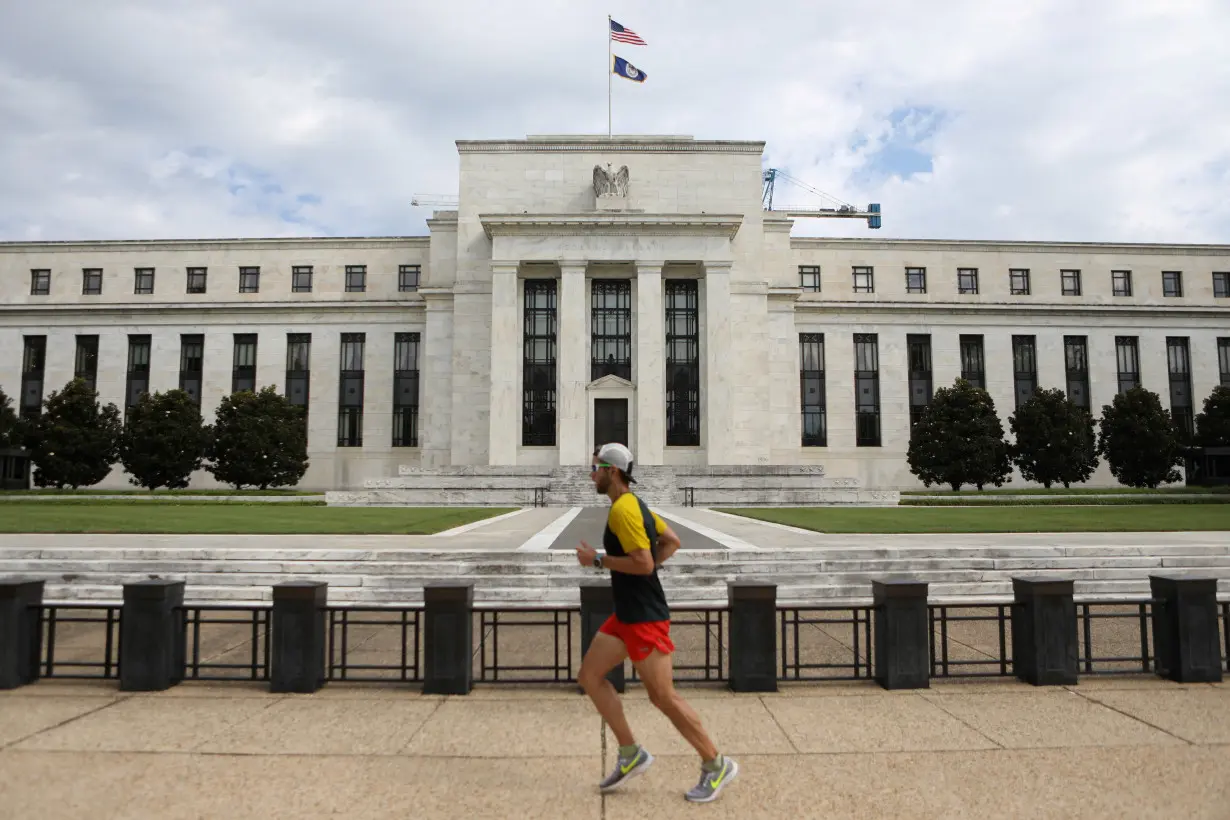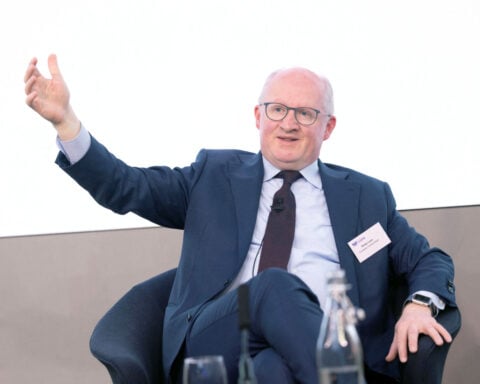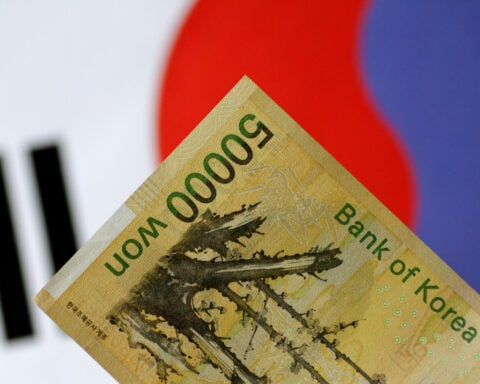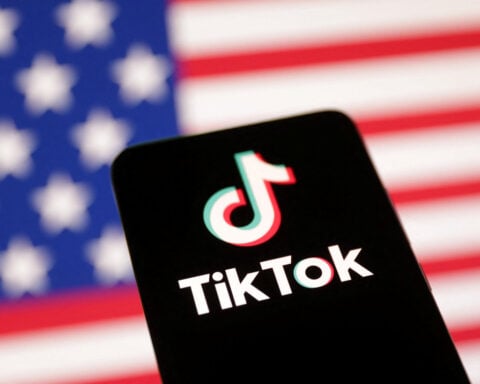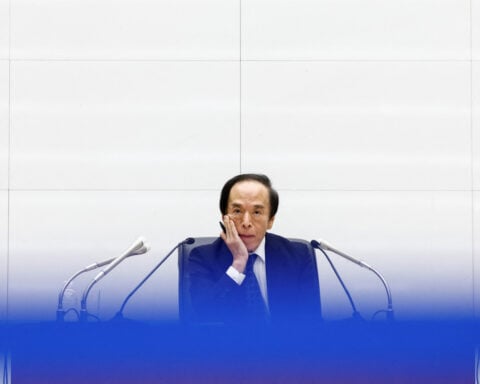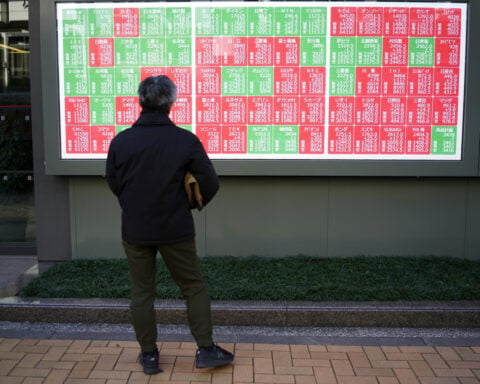By Ann Saphir
(Reuters) -Federal Reserve policymakers on Friday got fresh evidence of progress on inflation, fueling expectations they will use the U.S. central bank's meeting next week to signal they could start cutting interest rates in September.
The personal consumption expenditures (PCE) price index edged up just 0.1% last month, the Commerce Department's Bureau of Economic Analysis reported, putting the year-over-year increase at 2.5%, after a rise of 2.6% in May. The Fed has a 2% inflation target.
Fed policymakers have said they want to be confident inflation is headed sustainably back to that goal before they cut rates. The latest data shows they are edging closer but are widely expected to feel it is still too high to reduce the policy rate from the current 5.25%-5.50% range when the central bank's Federal Open Market Committee meets on July 30-31.
U.S. central bankers, who have kept rates where they are since last July to put downward pressure on prices, are increasingly focused on the potential for harm to the labor market if they keep borrowing costs above inflation for too long.
The unemployment rate, at 4.1%, is still low by historical standards but has risen in recent months, and job growth has slowed.
"From the Fed's perspective, cumulatively, we think the data show enough progress - on both inflation and labor market conditions - for policymakers to open the door to a rate cut in September at next week's FOMC meeting," Rubeela Farooqi, chief U.S. economist at High Frequency Economics, wrote.
After the data, traders of futures tied to the Fed policy rate added slightly to bets the central bank will deliver a total of three rate cuts by the end of this year, with contracts pricing in a policy rate of 4.64% in December.
Core PCE prices, which exclude volatile food and energy prices and which the Fed uses as a gauge of where inflation is headed, rose 0.2% last month from May, the report showed, a bit more than the 0.1% economists polled by Reuters had projected.
Consumer spending, which accounts for more than two-thirds of U.S. economic activity, slowed in June, the Commerce Department report also showed, rising 0.3% from May after a 0.4% increase in the prior month.
Bank of America economists argued on Friday that cooling consumer demand and inflation may not be proceeding fast enough to allow for as much policy easing as financial markets expect.
"We remain comfortable with our forecast that cuts will start in December, but upcoming inflation and employment data could tip the scale to an earlier cut," they wrote.
(Reporting by Ann Saphir with additional reporting by Michael S. Derby; Editing by Chizu Nomiyama and Paul Simao)

 British author Neil Gaiman denies ever engaging in non-consensual sex as more accusers come forward
British author Neil Gaiman denies ever engaging in non-consensual sex as more accusers come forward
 A look at the events that led up to the detention of South Korean President Yoon Suk Yeol
A look at the events that led up to the detention of South Korean President Yoon Suk Yeol
 The long struggle to establish Martin Luther King Jr. Day
The long struggle to establish Martin Luther King Jr. Day
 Two private lunar landers head toward the moon in a roundabout journey
Two private lunar landers head toward the moon in a roundabout journey
 TikTok preparing for U.S. shut-off on Sunday, The Information reports
TikTok preparing for U.S. shut-off on Sunday, The Information reports
 Japan's Makino Milling requests changes to unsolicited bid from Nidec
Japan's Makino Milling requests changes to unsolicited bid from Nidec
 As Los Angeles burns, Hollywood's Oscar season turns into a pledge drive
As Los Angeles burns, Hollywood's Oscar season turns into a pledge drive
 As fires ravage Los Angeles, Tiger Woods isn't sure what will happen with Riviera tournament
As fires ravage Los Angeles, Tiger Woods isn't sure what will happen with Riviera tournament
